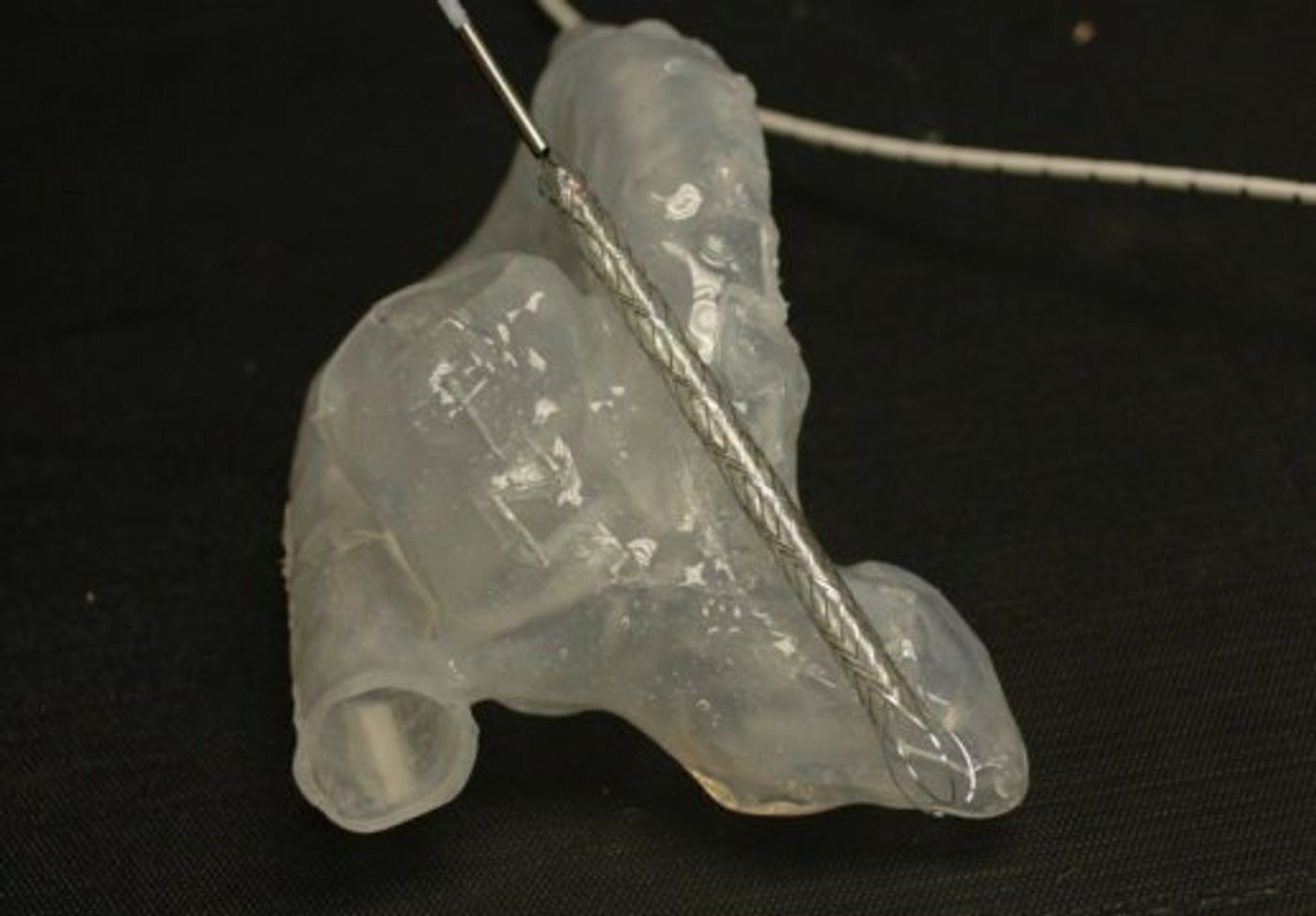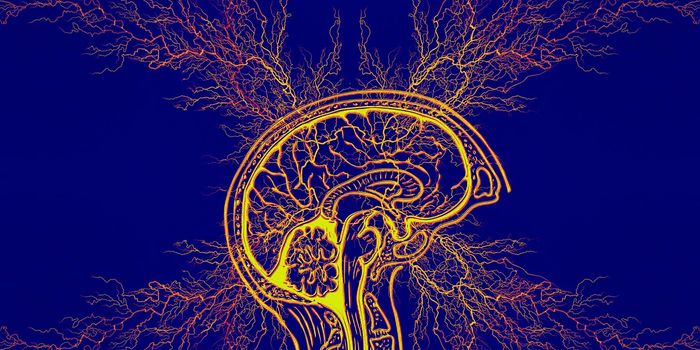From the mind of an aerospace engineer, not a cardiologist, comes a life-changing new device for treating individuals following a heart attack. The new technology, an advanced type of left ventricular assist device (LVAD), is projected to prolong tens of thousands of lives per year.
Robert Kunz, principal investigator and aerospace engineer at Penn State University, said that the new “Heartmate Percutaneous Heart Pump (PHP)” is the “first device that allows a cardiologist or technician to immediately stabilize someone who has had a serious heart attack.” For individuals suffering a heart attack, the sooner blood flow to the heart can be restored, the better.
During a heart attack, also known as myocardial infarction, a lack of blood flow to the heart causes permanent damage to the heart muscle, or the myocardium. A heart attack can be caused by coronary artery disease because individuals with this condition have arteries blocked by plaque buildup from atherosclerosis. When the artery becomes completely blocked, oxygen can no longer reach the heart, the heart stops functioning, and the entirety of the body is affected. The longer a heart attack isn’t addressed, the more damage is done to the body tissues due to a lack of oxygen.
The Heartmate PHP strengths heart muscle weakened by myocardial infarction by improving blood flow. The six-millimeter wide pump is inserted into the femoral artery and “threaded up” until it eventually reaches the left ventricle where it begins to improve blood flow. This technology is already approved in Europe and pending FDA approval in the United States. Kunz and his team of scientists have been working on the Heartmate PHP for over a decade.
Kunz said that the “pump is designed to be inserted, deployed, and operating within minutes of a patient suffering a heart attack,” an ability the satisfies the urgency of the situation. Existing LVAD technology is usually represented by a battery-operated mechanical pump inserted surgically to help the left ventricle, the main pumping chamber of the heart, pump blood to the rest of the body.
Traditional LVADs and the new Heartmate PHP serve to prevent invasive surgeries following heart attacks due to oxygen deficiencies and damage done to body tissues. However, these devices are also used to keep an individual alive while they wait for bypass surgery or even a heart transplant. Unfortunately, wait times for a heart transplant are often six months or longer, and patients waiting for a donor find themselves relying on their LVAD to keep them alive.
Pending approval from the FDA, the new Heartmate PHP has the potential to change many lives. While working on the device, Kurtz used the same methods and ideas that experts do while developing submarine and torpedo propellers. Thanks to a project that started back in 2004, individuals suffering heart attacks will have a much better chance at a full recovery.
Sources:
Penn State University,
Cleveland Clinic,
Stanford Healthcare,
UCSF Health









